This week Gretchen discusses eating disorders. Thanks once again Gretchen for another thoughtful post.
According to the National Institutes of Health, eating disorders, which include anorexia nervosa, bulimia nervosa, and binge-eating disorder, affect 2 percent of males and 3.5 percent of females. Karsten is one of 30 million people who will deal with a “clinically significant” disorder during their lifetime, according to the National Eating Disorders Association. Given the stigma of mental health issues such as anorexia and bulimia, many eating disorders go unreported, making the likelihood of this disease--albeit closeted--even higher. In short, many of our young adults have, or know someone with, an eating disorder. Such prevalence leads me to wonder: What eating disorder-related texts are available to our young adults?
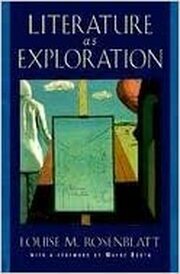
I concur with Joan Kaywell that books save lives. May the above books help readers understand what eating disorders are, recognize symptoms of eating disorders in themselves as well as their peers, and connect them to people and resources that can bring healing and joy to themselves and those they love.
*shared with permission
Gretchen Rumohr-Voskuil
Associate Professor, Aquinas College
[email protected]
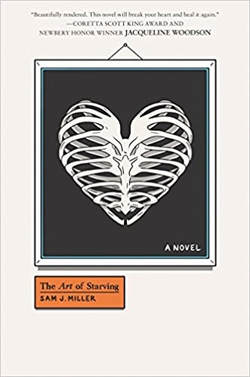
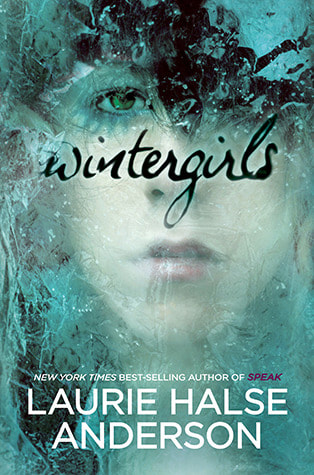
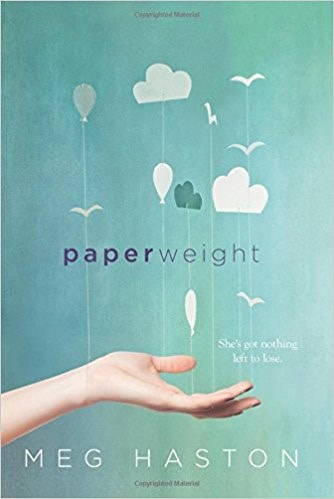
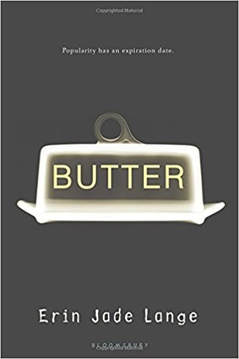
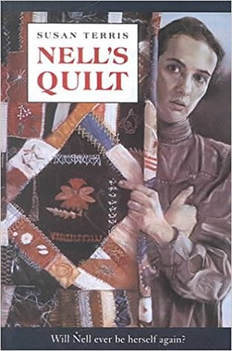

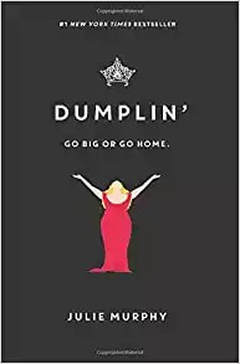
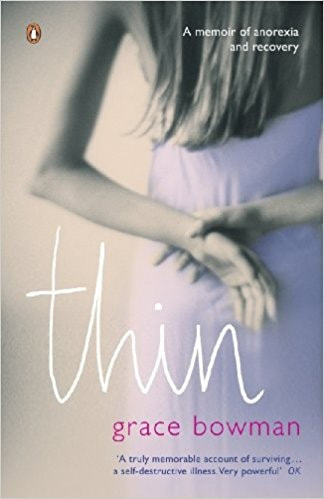
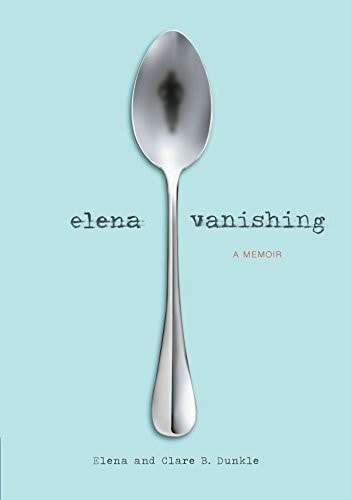
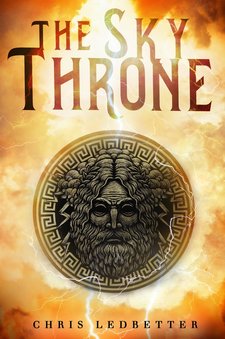


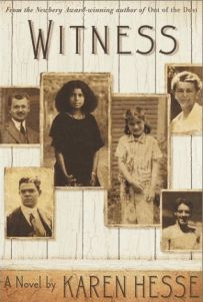

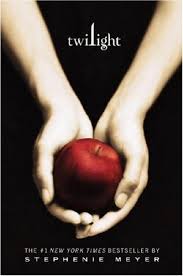
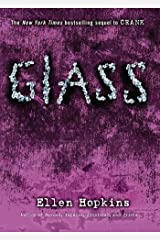
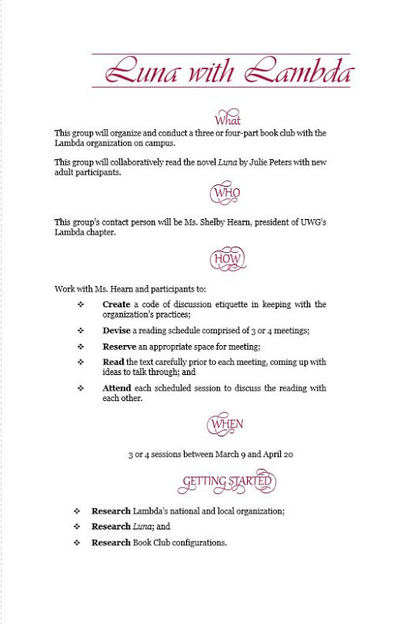
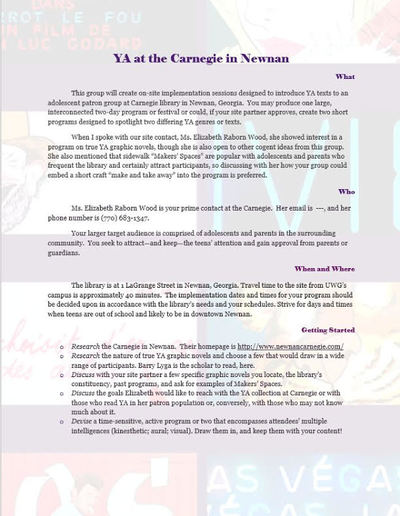
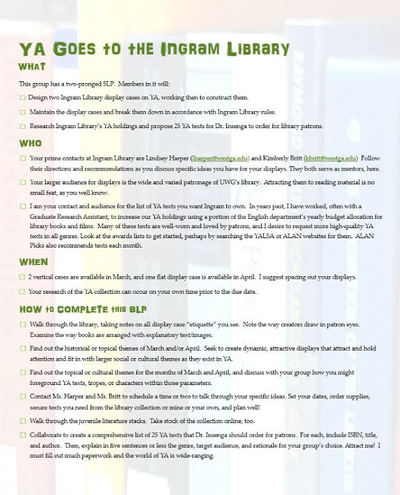
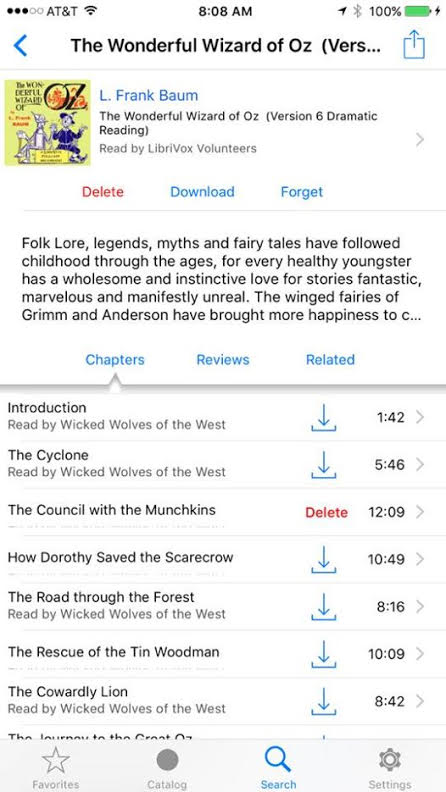
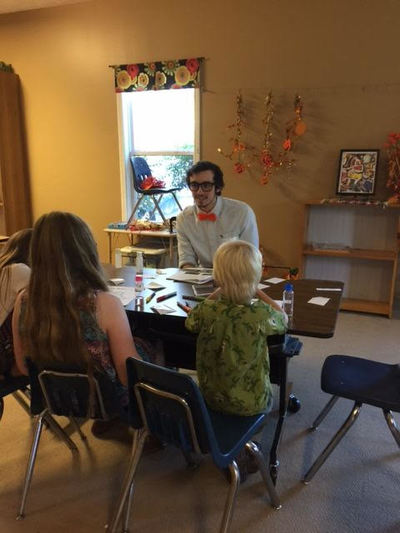
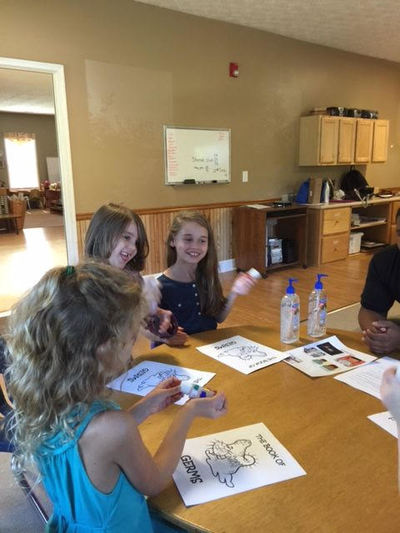
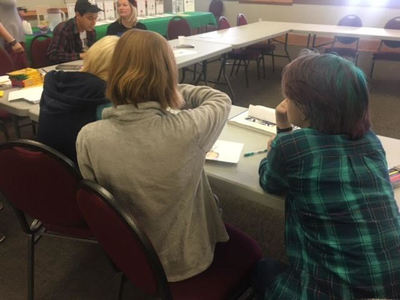
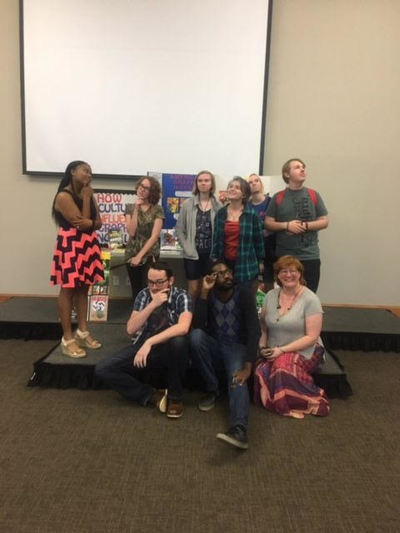

 RSS Feed
RSS Feed